August 25, 2013
 Today we welcome guest blogger Laura Yager, the Director of Partnerships and Resource Development for the Fairfax-Falls Church Community Services Board. Laura has worked in the prevention and treatment field for over 25 years, and offers an important perspective for SCAN and its supporters as we celebrate our 25th anniversary.
Today we welcome guest blogger Laura Yager, the Director of Partnerships and Resource Development for the Fairfax-Falls Church Community Services Board. Laura has worked in the prevention and treatment field for over 25 years, and offers an important perspective for SCAN and its supporters as we celebrate our 25th anniversary.
Preventing a problem before it starts might sound like common sense. From Smokey the Bear —“Only YOU can prevent forest fires!” —to seat belt safety— “Click it or ticket!”—we’re inundated with simplified but effective messages about how we can prevent something bad before it happens. If only protecting children could be that easy.
As a social issue campaign, child abuse prevention also has come a long way in the past 25 years. The protection of children from harm and maltreatment has long been touted as a cultural value in the U.S. In colonial times, adults had ideas about “right” and “wrong” ways to treat children, but the focus was less on child abuse prevention than punishment for a child’s misbehavior.
A century later, in 1875, the New York Society to Prevent Cruelty to Children was established as the first organization dedicated to child protection, its roots emerging from animal rights efforts. By 1920, the Child Welfare League of America began supporting agencies serving vulnerable children and families. In 1962, the modern age of child protection took off with amendments to the Social Security Act requiring states to organize statewide child welfare services that were in place nationwide by 1975.
Prevention has nearly always focused on raising awareness as the first step in inspiring positive change. But the methods used have evolved, becoming increasingly sophisticated to reflect changing societal norms and values:
- In the 1950s and earlier, scare tactics and shame were seen as appropriate ways to change/correct children’s behaviors.
- By the 1960s and 70s, efforts to change child behavior took on a psychological focus, with an emphasis on the importance of self-esteem (i.e. “If your child feels good about him/herself, their behavior will improve.”). While changing feelings were important components of behavior change, they were narrow in focus and only mildly effective.
- A new focus on youth resistance skills emerged in the 1980s that had limited success (think “Just say no!”).
- The late 1990s saw more research and scientific approaches used to determine effectiveness, including learning more about “risk factors” that put people in danger of becoming victims and “protective factors” that help buffer against risk. We also began working across spheres of influence—peers, school systems, families—and building individual resiliency skills, such as problem-solving, relationship-building, and managing risk.
- In the past decade, we’ve learned that focusing on preventing just one danger (whether it be substance abuse, child abuse, delinquency, etc.) is not the best approach. Factors placing someone at risk for one problem often correlate with risk factors for others. In response, we are moving beyond traditional “prevention programs” and are focusing on multi-faceted efforts—both practice and policy—that are geared towards the whole community.
Sonia Quiñónez is the executive director of a local nonprofit organization called SCAN (Stop Child Abuse Now) of Northern Virginia. “Our organization turns 25 years old this year,” says Quiñónez, “and over the years, we’ve seen a real shift in how people view and address child abuse and neglect, producing positive results in our community.” The real challenge, though, is securing sustainable funding to invest in prevention programs. When a crisis occurs, the ensuing public outcry almost always includes demands for more prevention efforts. Yet funding for prevention is often the first budget category cut in lean times.
Prevention begins when a child is put first. The next evolution for prevention will be growing our community commitment to prioritizing funding, supporting parents and facilitating cooperation among agencies and organizations.
When that becomes our community’s collective common sense, that’s when we’ll begin to see significant progress in how we protect and nurture our youngest citizens. That’s why putting children first has to be more than a slogan.
– Laura Yager
Laura Yager, M.Ed., LPC, CPP-ATOD Laura is the Director of Partnerships and Resource Development for the Fairfax-Falls Church Community Services Board in Fairfax County, Virginia, and has worked in the prevention and treatment field for over 25 years. With a focus on community capacity building, mobilization, community strengthening, and, more recently, primary and behavioral health integration, she has been involved in the development of prevention programs that have received national recognition including: the Leadership and Resiliency Program, named a SAMHSA Model Program in 2000 and an OJJDP Promising Program in 2003; and Girl Power, named a NASADAD Exemplary Program in 2005. In March 2013, the National Council for Community Behavioral Healthcare awarded her office the “Impact Award” honorees for the Mental Health First Aid program. She is a past Chair of the Prevention Council of the Virginia Association of Community Services Boards and served on the Governor’s Prevention Advisory Council.
SCAN (Stop Child Abuse Now) of Northern Virginia is a 25-year-old nonprofit located in Alexandria, VA working to build hope for children and families through parent education, public education and child advocacy. It is the local organization affiliated with Prevent Child Abuse Virginia, Prevent Child Abuse America and National CASA Association.
